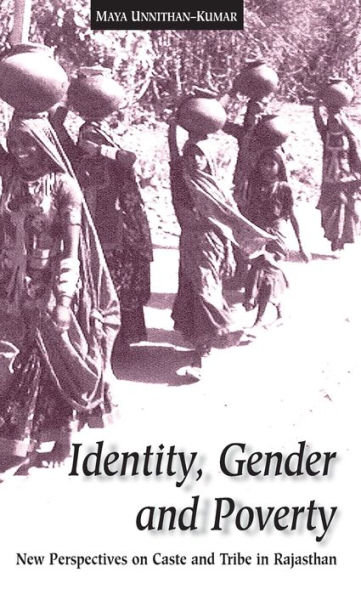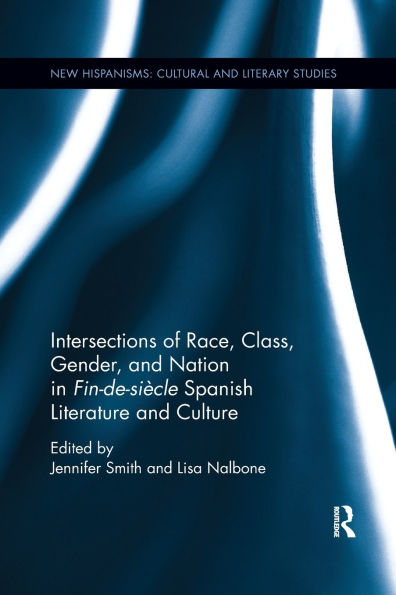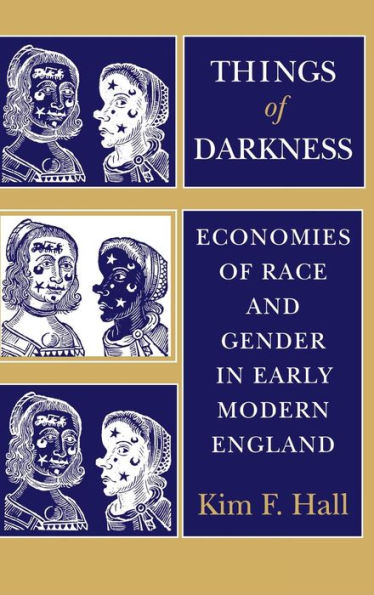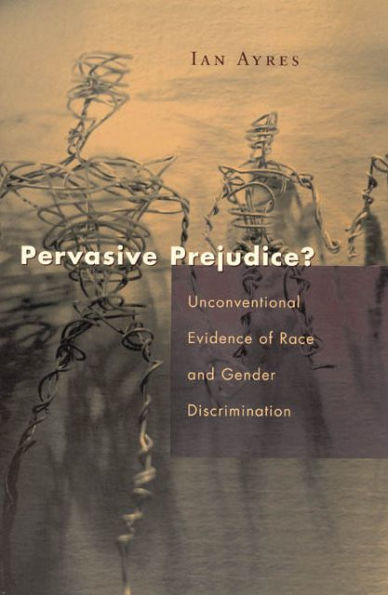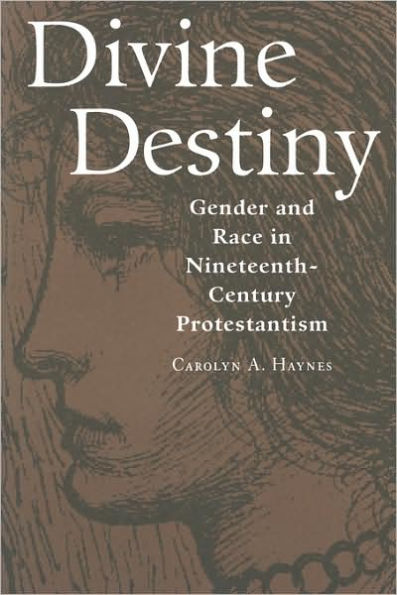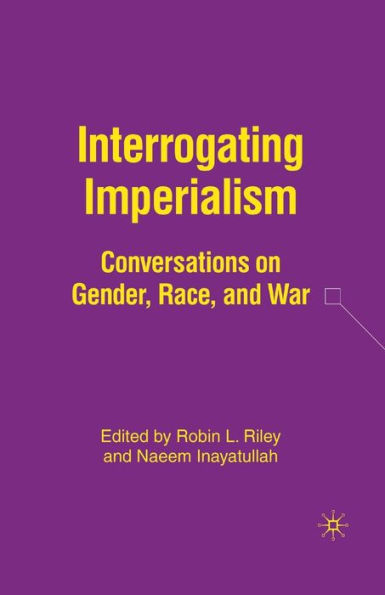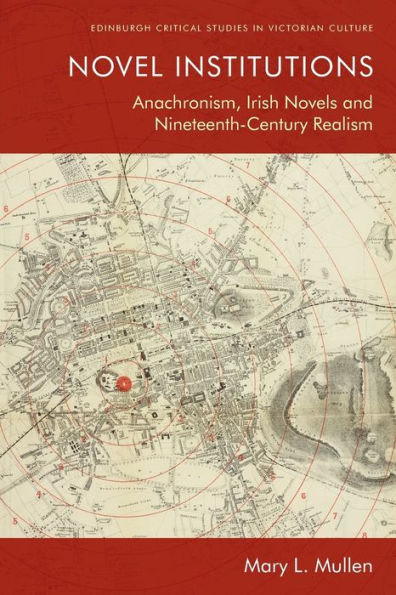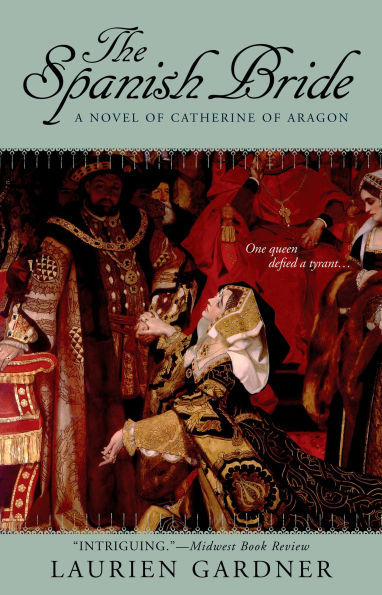Home
Blood Novels: Gender, Caste, and Race Spanish Realism
Barnes and Noble
Blood Novels: Gender, Caste, and Race Spanish Realism
Current price: $80.00
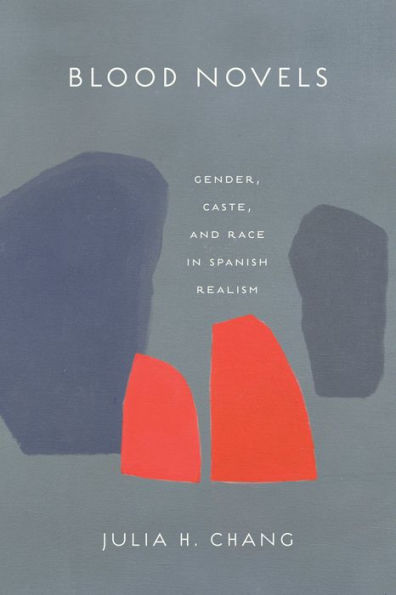

Barnes and Noble
Blood Novels: Gender, Caste, and Race Spanish Realism
Current price: $80.00
Size: Hardcover
Loading Inventory...
*Product information may vary - to confirm product availability, pricing, shipping and return information please contact Barnes and Noble
In the late nineteenth century, Spain’s most prominent writers – Juan Valera, Leopoldo Alas, and Benito Pérez Galdós – made blood a crucial feature of their fiction.
Blood Novels
examines the cultural and literary significance of blood, unsettling the dominant assumption of the period that blood no longer played a decisive role in social hierarchies. By examining fictional works through the rubric of "blood novels," Julia H. Chang identifies a shared fascination with blood that probes the limits of realism through blood’s dual nature of matter and metaphor. Situating the literature within broader cultural and theoretical debates,
attends to the aesthetic contours of material blood and in particular how bleeding is inflected by gender, caste, and race.
Critically engaging with feminist theory, theories of race and whiteness, literary criticism, and medical literature, this innovative study makes a case for treating blood as a critical analytic tool that not only sheds new light on Spanish realism but, more broadly, challenges our understanding of gendered and racialized embodiment in
Spain.
Blood Novels
examines the cultural and literary significance of blood, unsettling the dominant assumption of the period that blood no longer played a decisive role in social hierarchies. By examining fictional works through the rubric of "blood novels," Julia H. Chang identifies a shared fascination with blood that probes the limits of realism through blood’s dual nature of matter and metaphor. Situating the literature within broader cultural and theoretical debates,
attends to the aesthetic contours of material blood and in particular how bleeding is inflected by gender, caste, and race.
Critically engaging with feminist theory, theories of race and whiteness, literary criticism, and medical literature, this innovative study makes a case for treating blood as a critical analytic tool that not only sheds new light on Spanish realism but, more broadly, challenges our understanding of gendered and racialized embodiment in
Spain.

